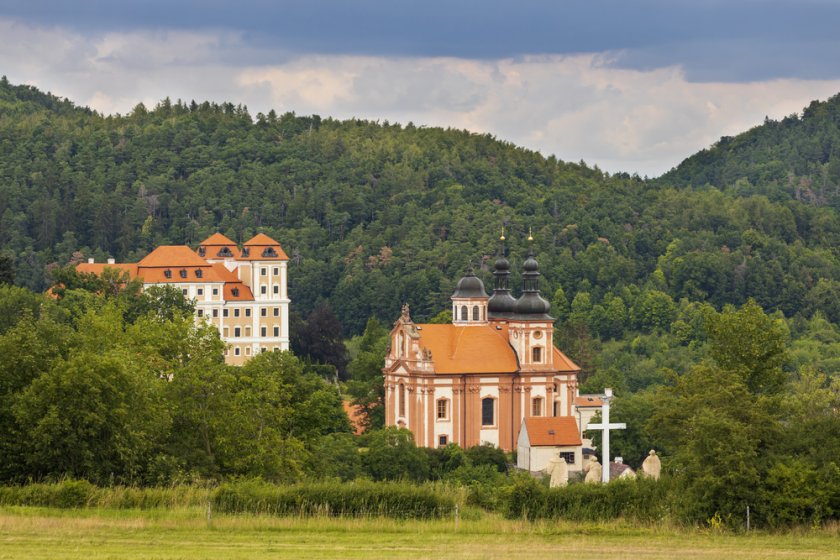Valeč (chateau)
About 10 km southeast of Třebíč lies Valeč, a small village, which historical sources first mention in 1358, and in which we find a castle. At that time, Valeč was a divided estate of the brothers Ctibor and Beneš of Valče, and the merger of the estate took place only under Jakub Kyšperský of Vřesovice, who was a royal chamberlain.
Information for visitors
Interesting facts Valeč (chateau)
It was during his tenure that the castle was probably also renovated in the spirit of late Gothic, and in 1514 Valeč acquired it at his request from Vladislav II. city rights.
The local chateau is first mentioned in 1526, but it is not entirely certain whether it was really a chateau as such, as at that time it was common for the chateau to be commonly referred to as a chateau. After Jan Kyšperský of Vřesovice died in 1526 at the Battle of Mohács, they sold his descendants to Hugo of Leisneck.
In 1538, the local estate passed into the hands of Vilém Hasištejnský of Lobkovice thanks to his marriage, and after him in 1570 it was bought by Kryštof Štampach of Štampach. Only his son, Václav Štampach from Štampach, made the renaissance alterations. Because he took part in the estate uprising, the castle was confiscated in 1622 and he himself was forced to flee the country. At that time, the estate was looted and largely desolate.
In 1623, Barbora Štampachová from Poutnov, who was a Catholic, bought the Valeč estate and was allowed to return to the country. Her grandson, Jan Kryštof Kager, a free lord from Štampach, who had owned Valeč since 1694, was responsible for the magnificent reconstruction of the chateau and the entire estate with the participation of important architects and artists. The authors of the Baroque reconstruction project were Francesco Barelli and Giovanni Antonio Bianno Rossa.
After Jan Kryštof Kager died, his nephew, Jan Ferdinand Kager from Globen, became the owner of the chateau, and he continued the reconstruction. After that, the owners of the local estate changed quite often, and the last to own it before nationalization was Dr. Jan Larisch-Monnich, who bought the chateau in 1937 and was confiscated after the war on the basis of Beneš's decrees.
After World War II, the castle served as a sanatorium for war veterans, during the 1950s it was used as a refuge for Korean children and then as an orphanage. In 1976, the chateau was caught in a fire that severely damaged it, and at the end of 2008 the chateau was bought by Bronislav Vala, who carried out a general reconstruction here.
Author: Andrea Štyndlová

